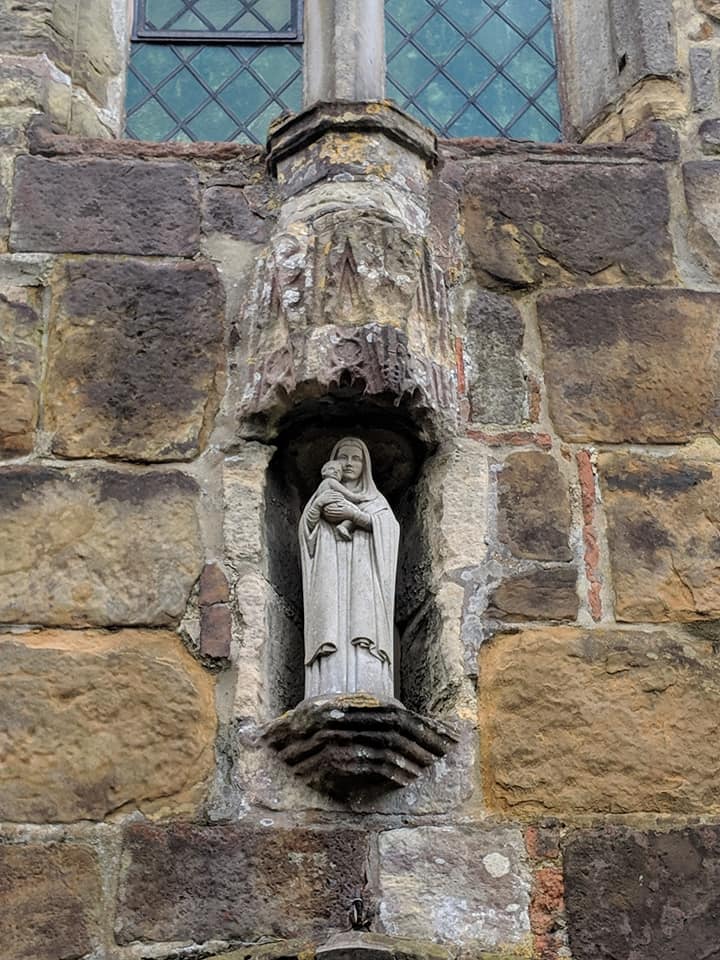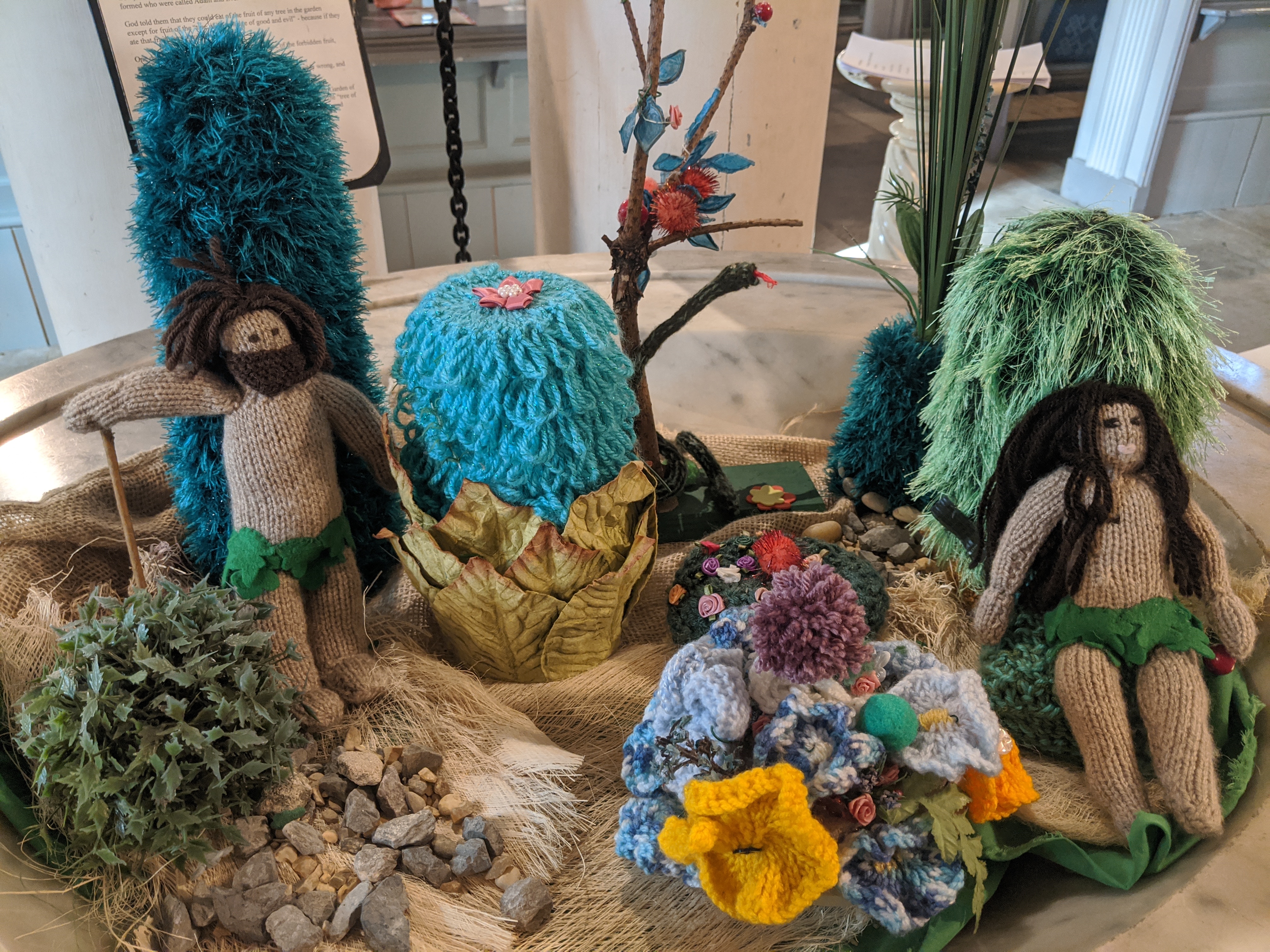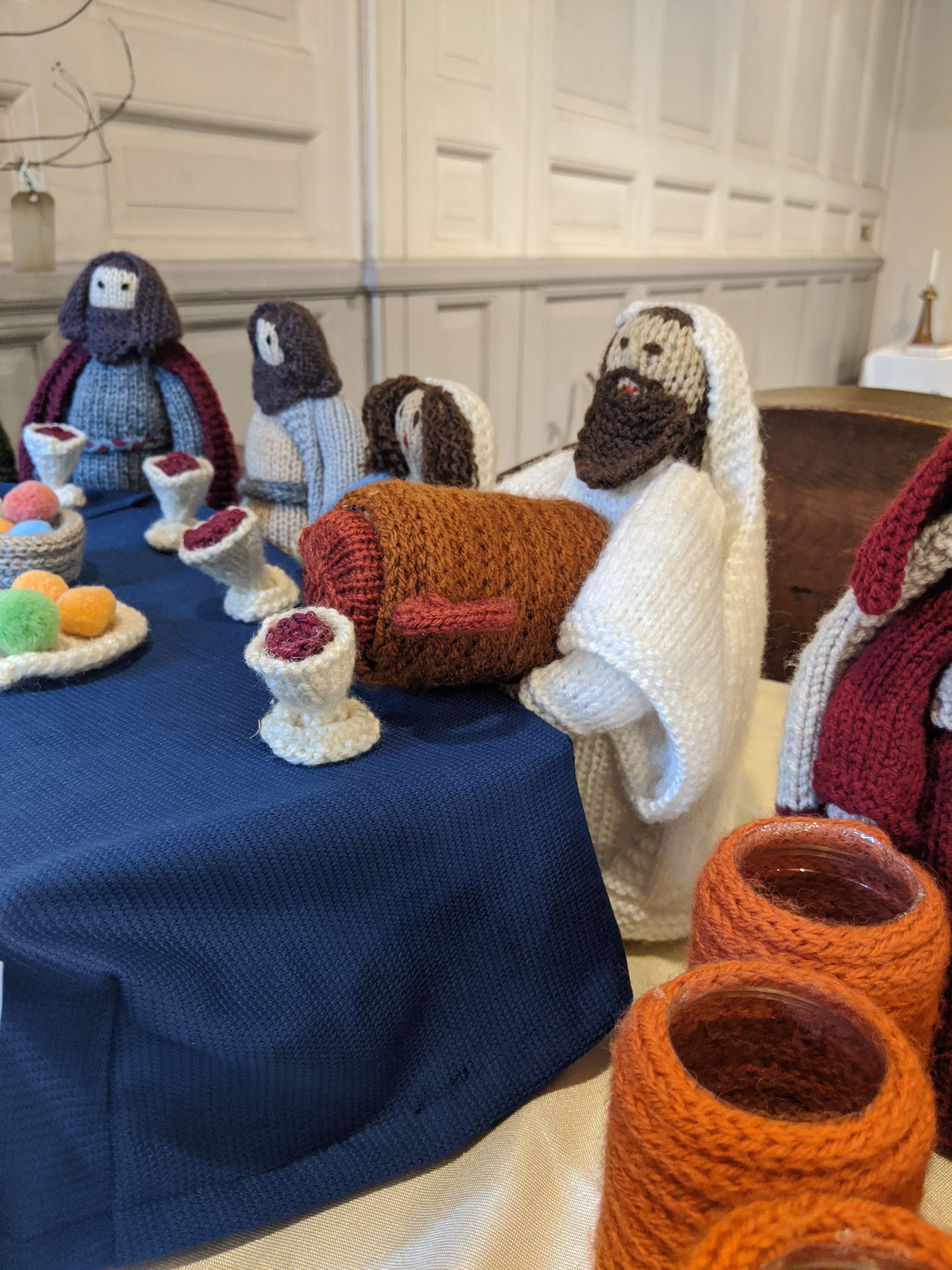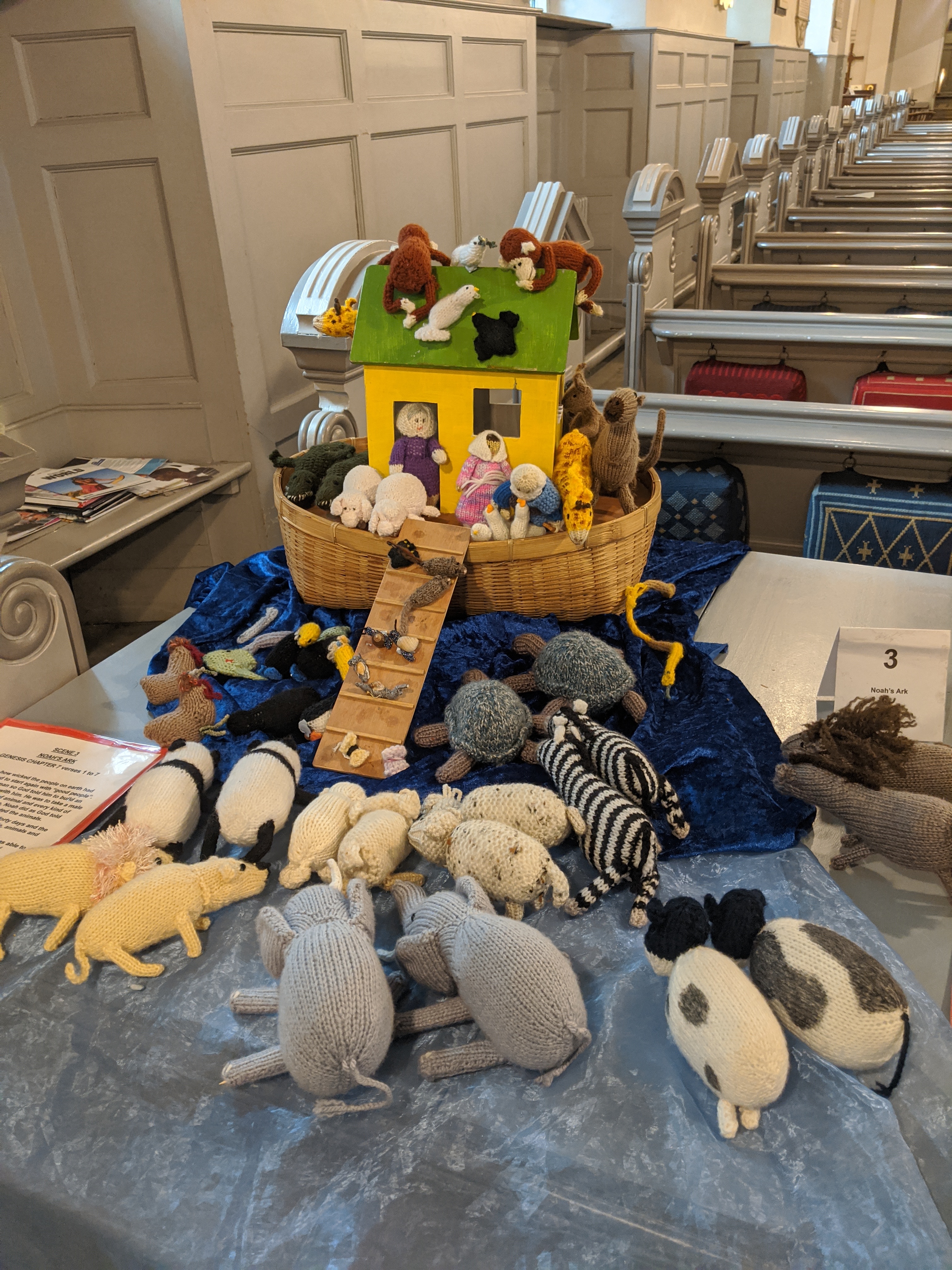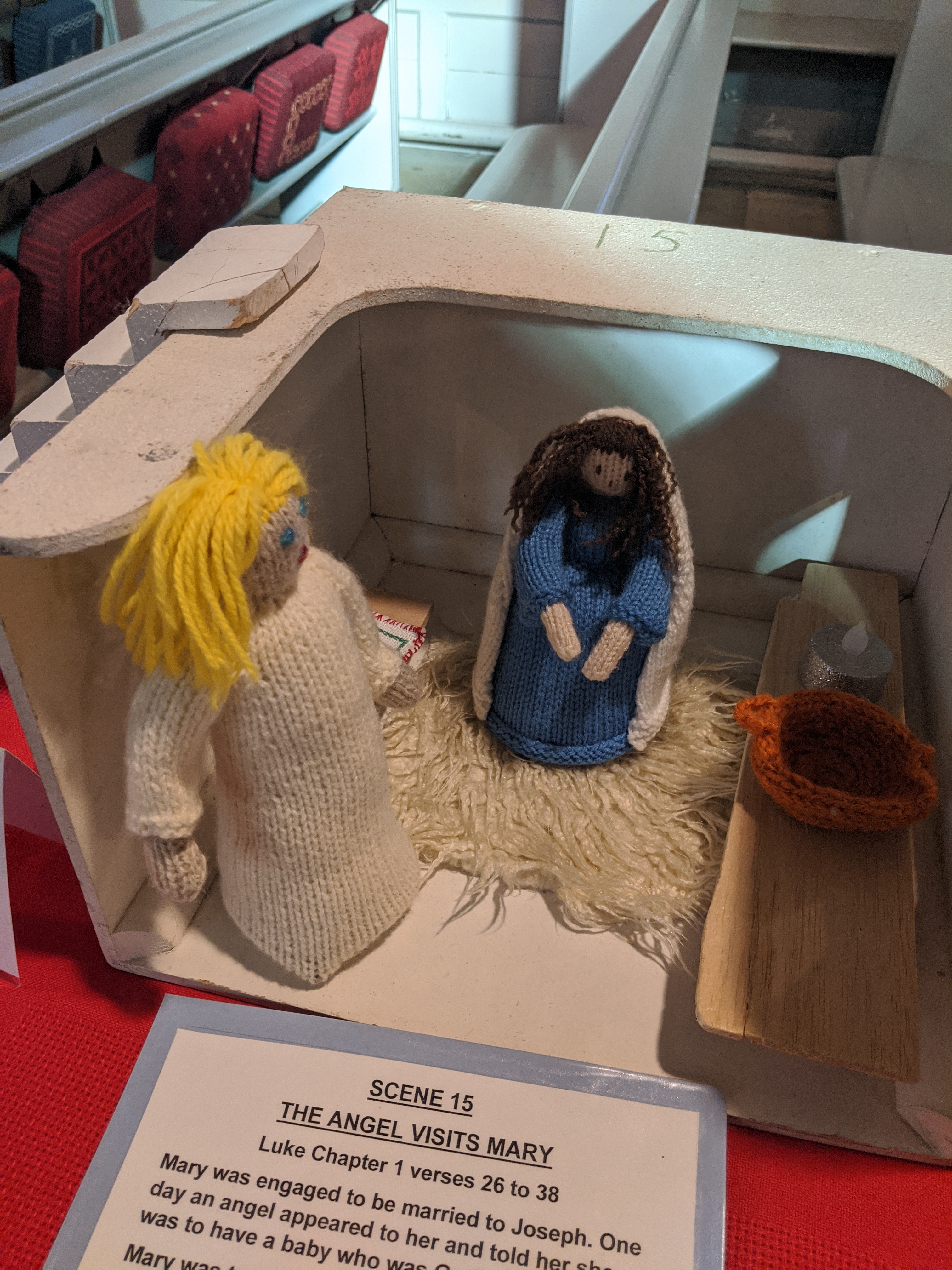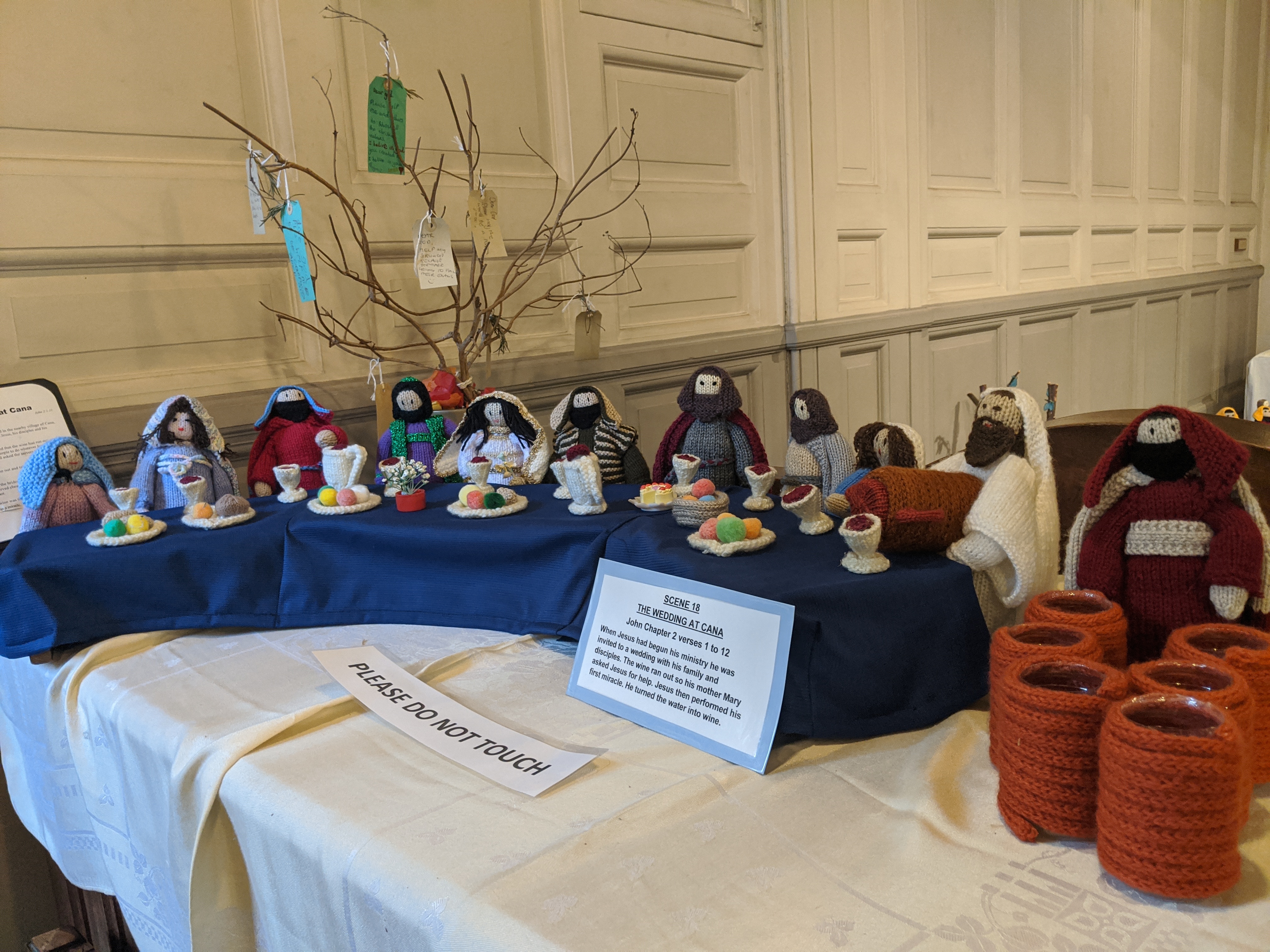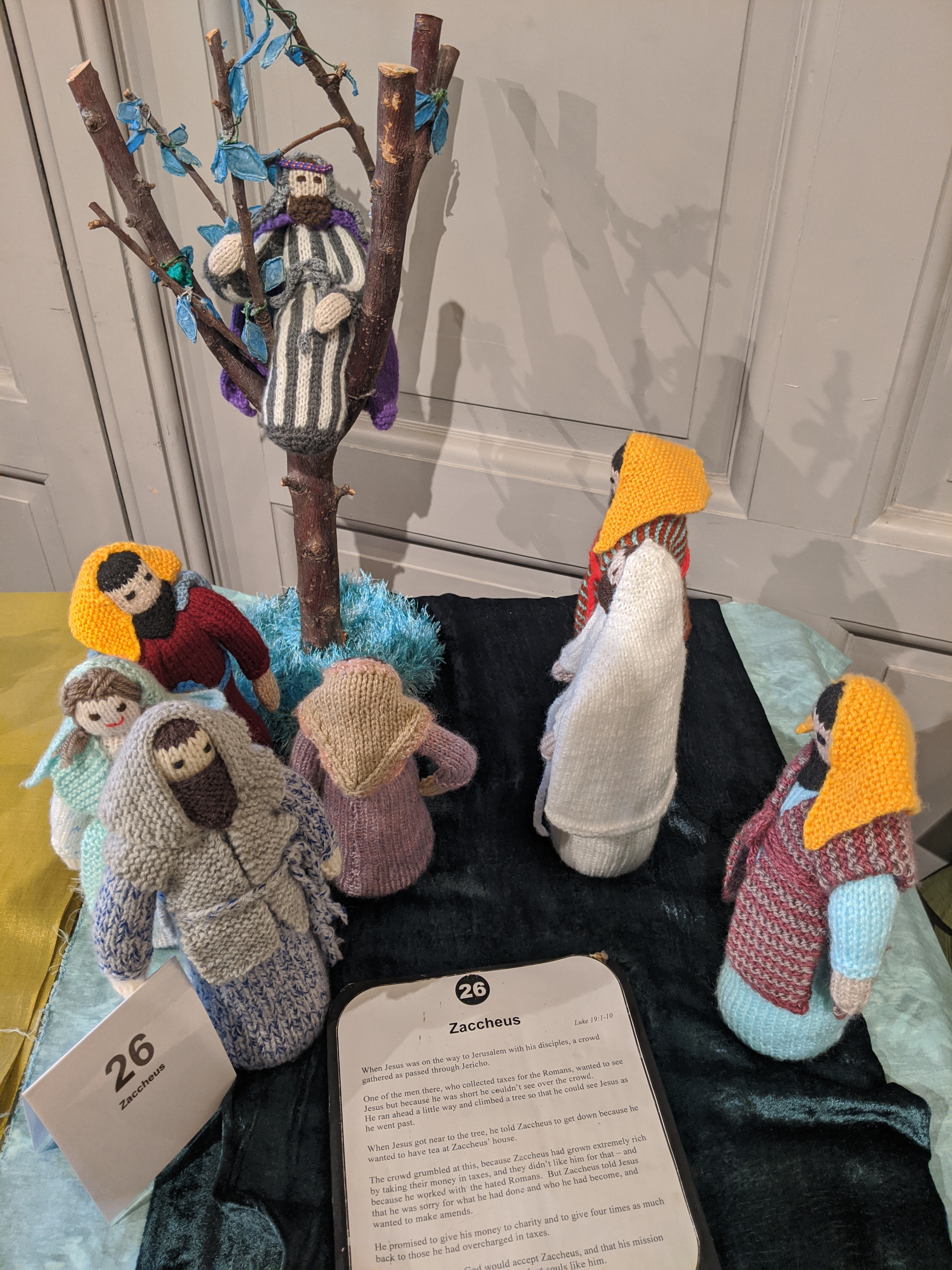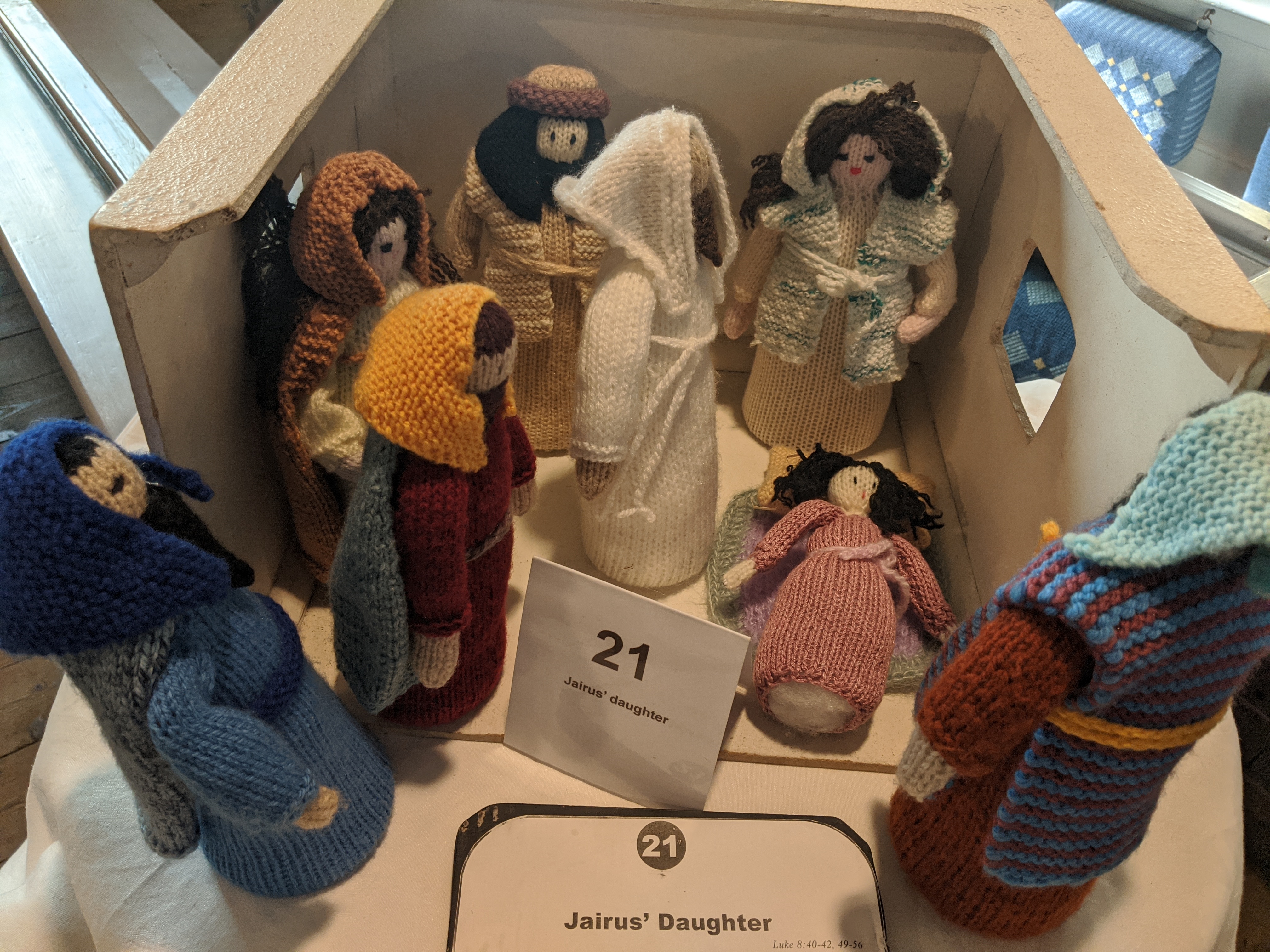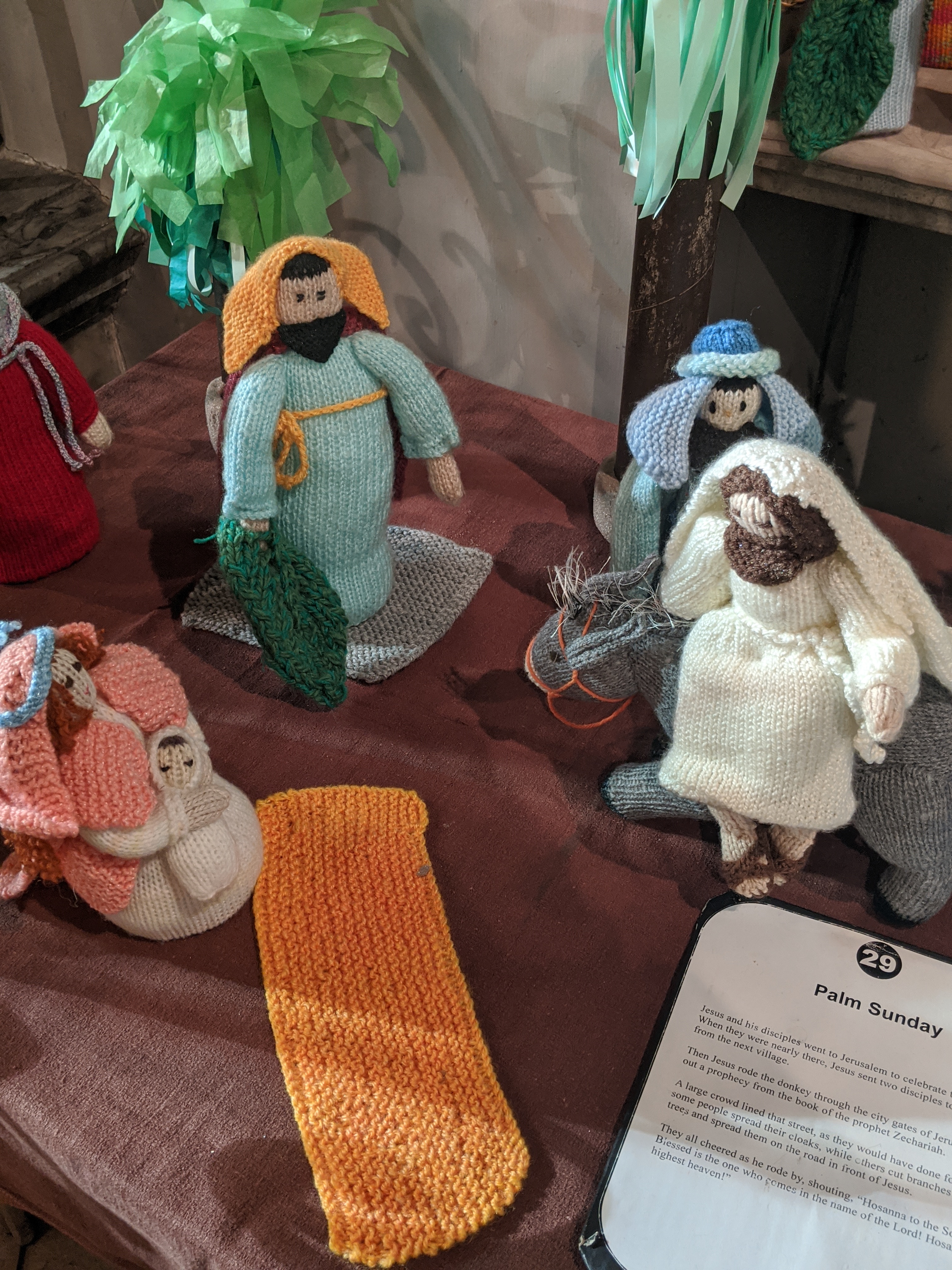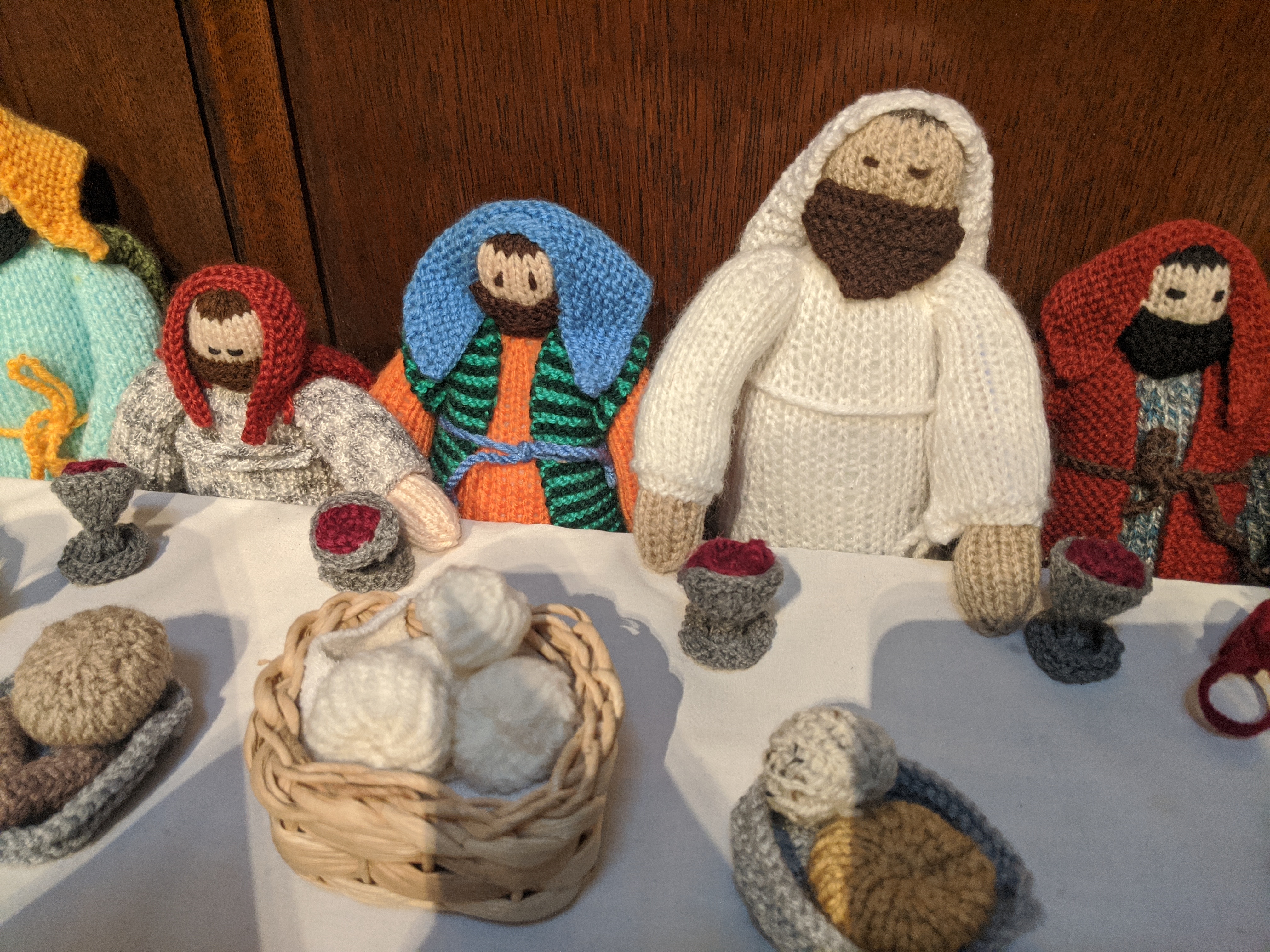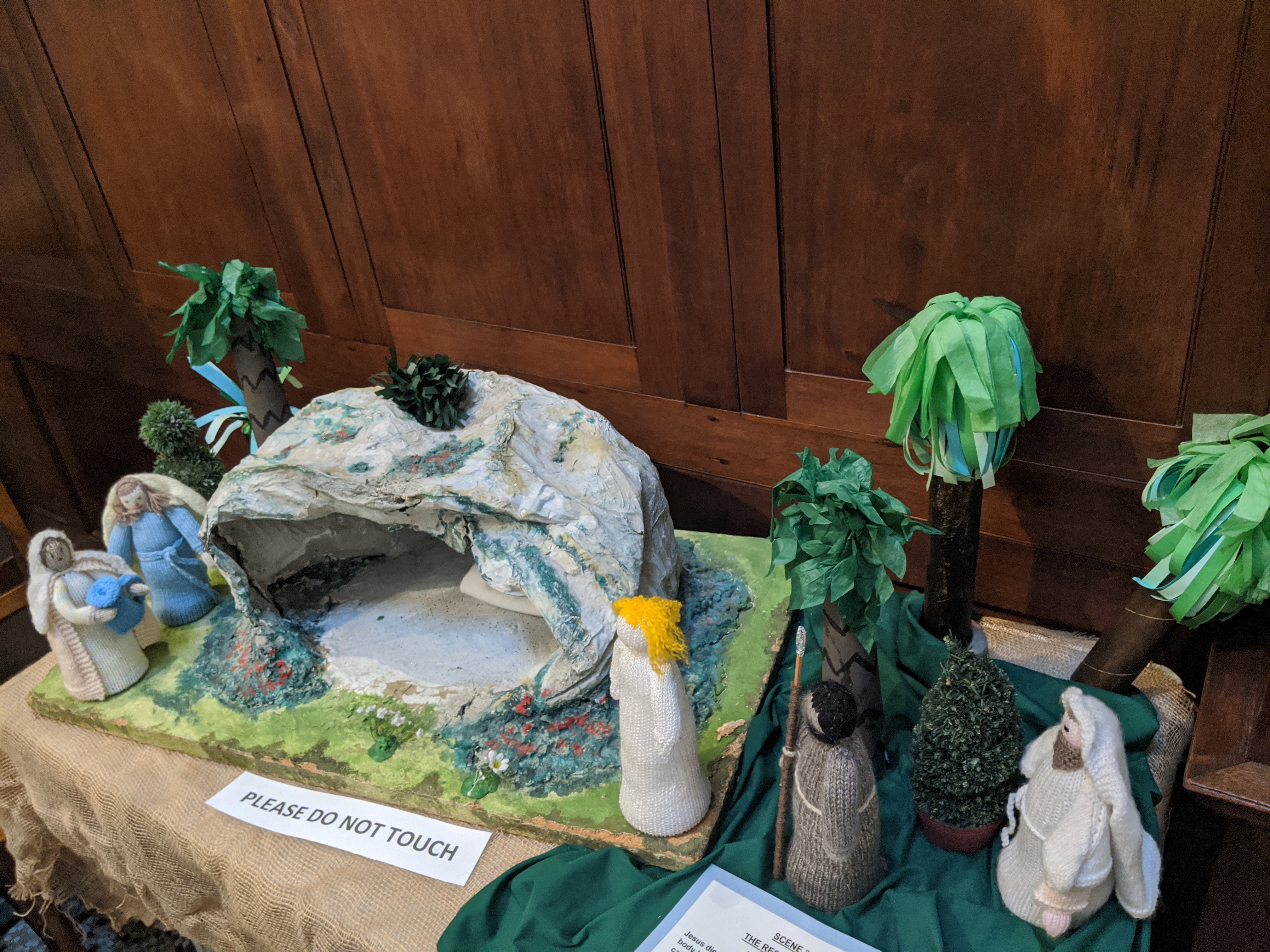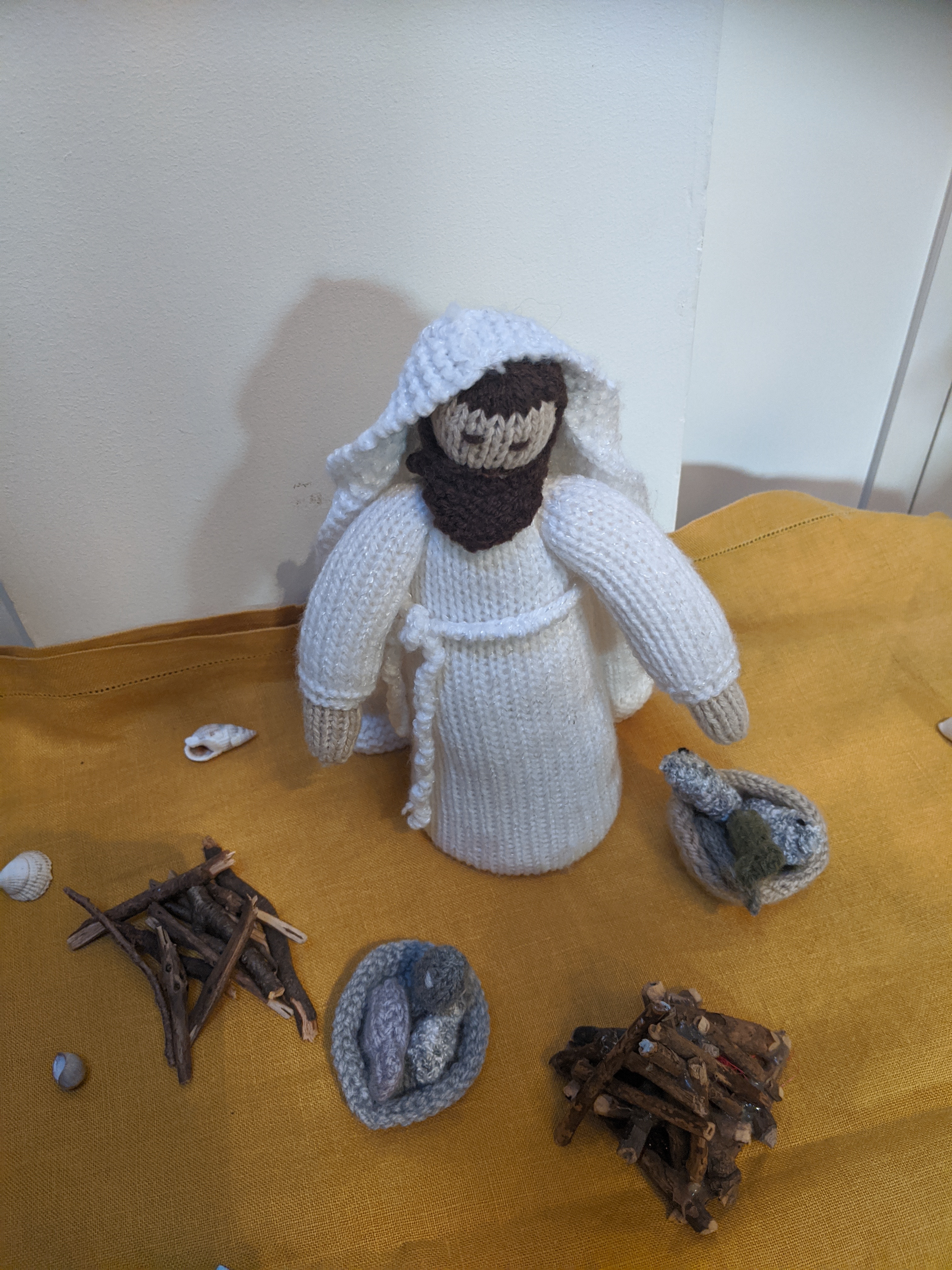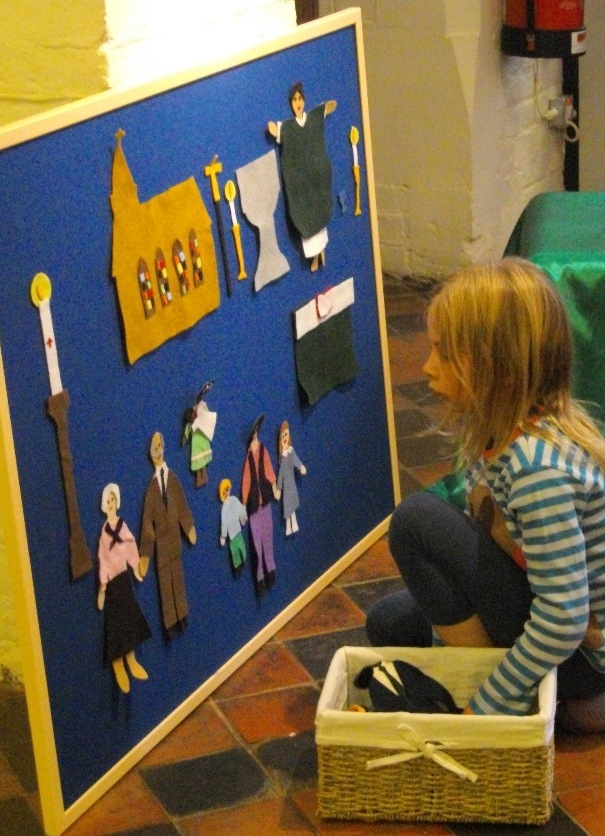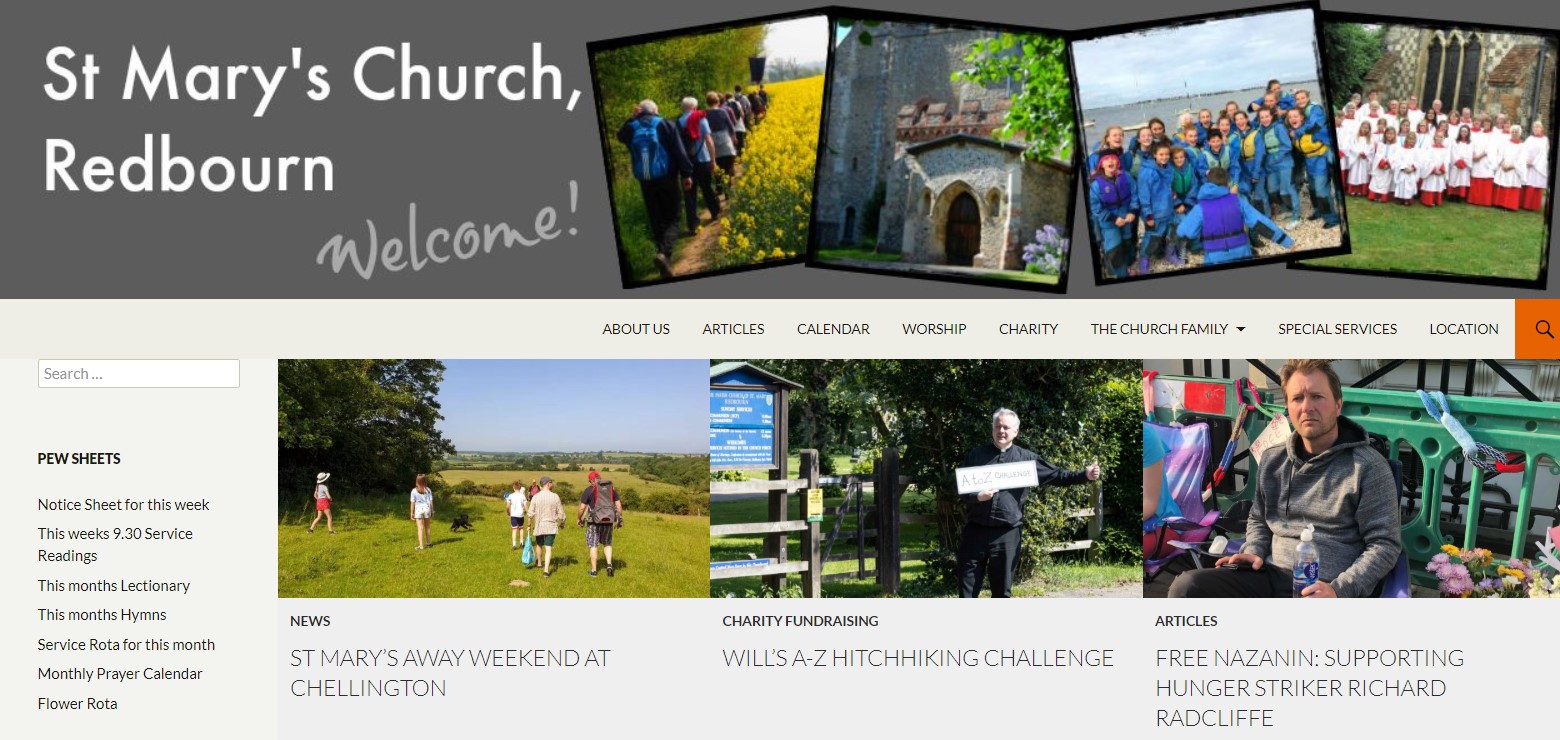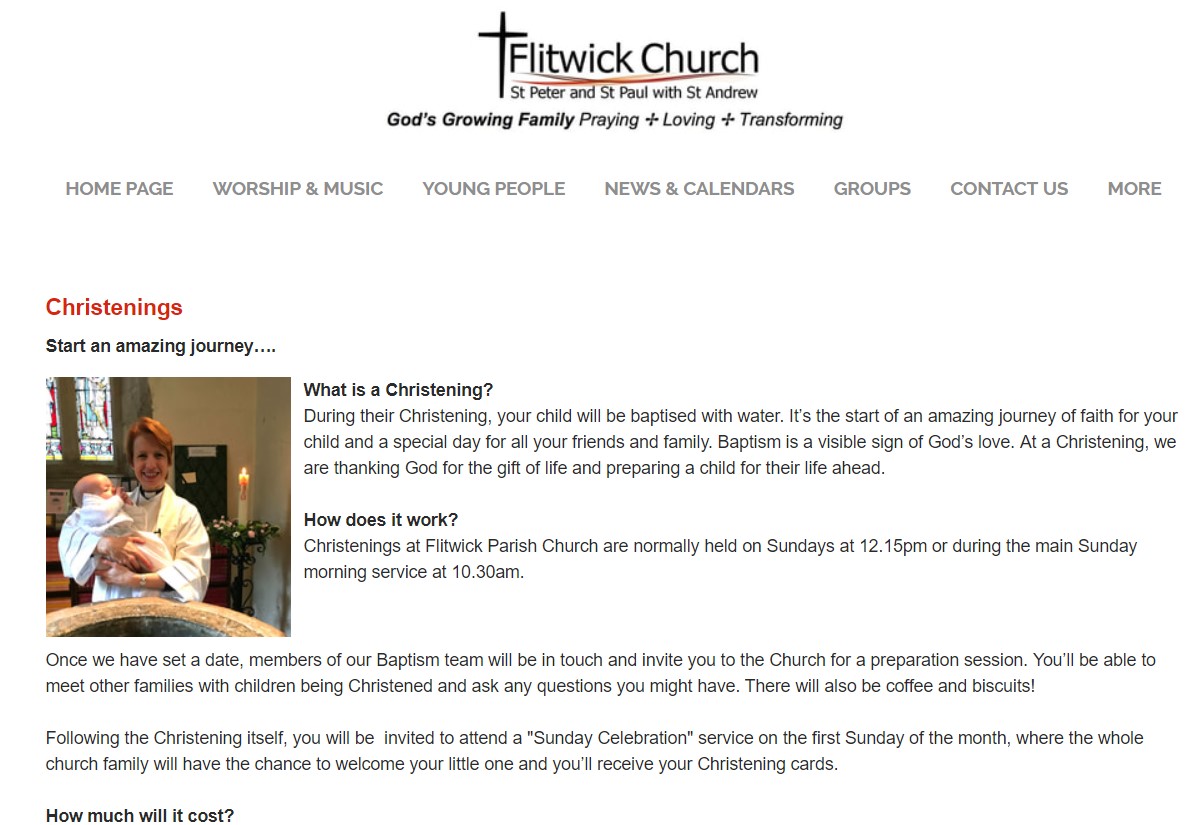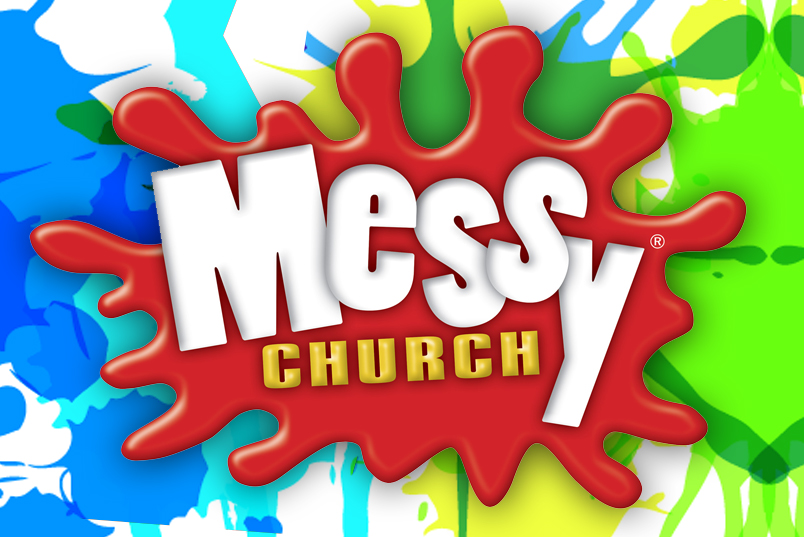I’ve recently heard from many churches who want to do more all-age worship. For some, this was something they were working on before Covid. For others, it’s been the prayerful response to declining numbers of volunteers – they’re cutting down on Junior Church or even eliminating it altogether, and want to work on bringing children and families more fully into worship.

So what is all-age worship? How can you do it well?
It might help to think about what all-age worship ISN’T.
All-age worship isn’t:
- A particular style of worship. Doing all-age worship doesn’t mean throwing out your community’s identity and traditions. It may require rethinking why we do some of the things we do, and maybe changing or eliminating them as a result of that thinking, but all-age worship can be many things. You can have Anglo-Catholic all-age worship. Charismatic Evangelical all-age worship. Alt-worship all-age worship. And anything in between.
- A children’s service. Too often, people say “all-age” and then only plan for children. As the Revd. Mary Hawes says, “if there have to be children there for it to work, it isn’t all-age.”
- An entertainment programme. It’s about worshipping God, not doing a song-and-dance number to try and keep children entertained. Singing and dancing may be part of it, but the emphasis is on helping people worship, not creating a show.
- A performance by children. If children are involved in leading it, there can be an emphasis on “performing well for the audience,” rather than thinking about what it means to lead worship.
- An opportunity for children to stand at the front holding a picture. Again, to quote Revd Mary Hawes – “if your job can be done by an easel, it isn’t a job.”
- A chance for children to be cute for adult approval/entertainment. Enough said.
- An opportunity to just pass on a simple moral lesson and be done. Worship has space for awe and wonder, not just moral dictation.
- Nothing but happy simple joy, babies and flowers and nothing else. Life is complicated and everyone, of all ages, has different emotions. Worship needs space for this.
So what IS all-age worship? Luckily, the answer here is a lot simpler:
- It is all-age.
- It is worship.
So what does this mean in practice? Does it mean we have to knock ourselves out basically running five services at once, with something for different age groups at all times?
Luckily, no. Here are some things to think about as you plan:
The wiggles.
No, not the Australian television show for toddlers – the fact that children move and wiggle and make noise.
Actually, some adults do that too.
Sometimes, adults knit during meetings. Sometimes they doodle in their notebooks. Sometimes adults journal along with a sermon in church.

Hmm, it’s starting to sound like having something to do with your hands could help people of all ages in worship. What if you had packs that had plain paper and markers, or colouring sheets (there are many beautiful Biblical colouring books that you could photocopy and which wouldn’t feel “childish” for adults, but could also work for children, such as this one), and offered them to everyone, regardless of age? Perhaps there could be a place to return something if you want it to be included in a display, after the service? A few plastic envelopes, some paper and markers, and suddenly you could have an all-age art display in response to your service.
You may want to create a children’s corner if you don’t already have one. More on that here.
How can you tell the story? In general, most people like to hear well-told stories. How can your reading and telling of Scripture bring the story to life? You don’t need to dumb it down or make it silly or simplistic or preachy in order to make it work for children. Think about how well Pixar does intergenerational storytelling – they know children will be watching their films with adults, and they will do better if the adults enjoy them too. Pixar films, in general, have a few things in common:
•There is real risk and danger. What are the stakes in this story?
•The story is clearly and simply told
•Not preachy, moralistic, or obnoxious – engages adults as well as children
•Keep to the essentials – detail enriches main point, doesn’t distract.
•Visual interest
How can we respond to the story?
Dave Csinos and Ivy Beckwith have done some work on “spiritual styles” – the idea that there are several dominant ways in which people connect with God, and most people strongly connect to 1 or 2 of them. These are WORD (reading, discussion, Bible study), EMOTION (art, music), SYMBOL (mysticism, new ways of imagining God), and ACTION (doing something – either physically or an act of service). These tend to be the same throughout our lives – there may be a 6-year-old who loves to talk about the Bible story, and a 56-year-old who would love to meditate to music about it. If you mix up the ways of responding, people of all ages will be engaged.

Another great all-age response tool is wondering questions. These come from the Godly Play tradition, and are open-ended. They require no extra work from you to prepare different things. Silence is okay, so there’s no pressure to respond. Things like:
“I wonder what your favourite part of this story was.”
“I wonder what the most important part of this story was.”
“I wonder where you are in this story.”
as well as some specifically looking at the symbols and emotions of that particular story, eg “I wonder how James and John felt when Jesus asked them to follow him.”
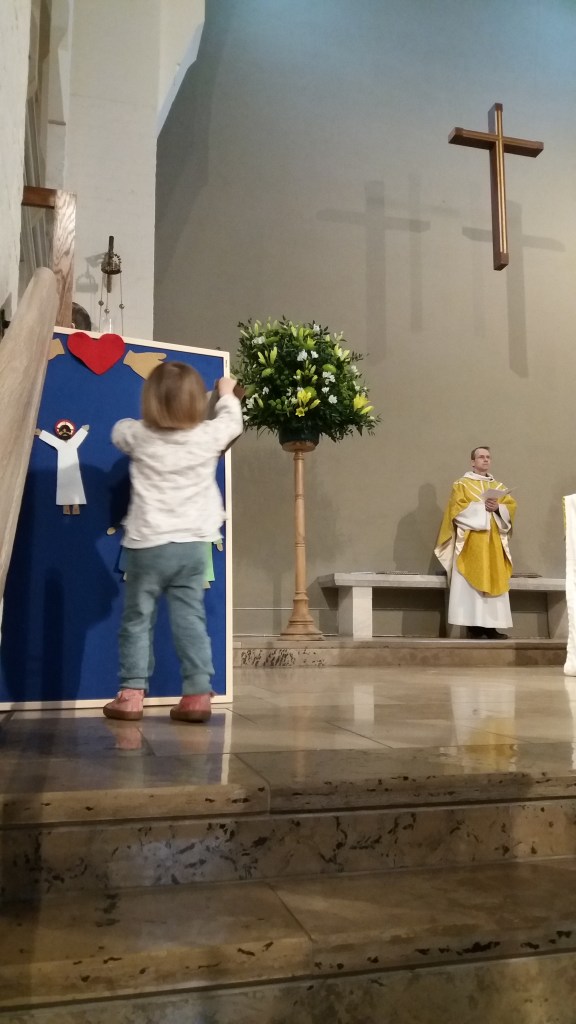
A 4-year-old will respond to these questions in a 4-year-old way, a 34-year-old in a 34-year-old way. All answers are accepted – there are no right or wrong answers. It levels the playing field, allows everyone to be included, and means no extra work for a leader. I’ve done all-age talks that were just a bunch of wondering questions (sometimes finishing with a poem) and they’ve been very effective. All-age doesn’t mean complicated.
What do we have in common?
No matter what age we are, there are things in our life that we are thankful for.
There are things we need to say sorry for.
There are things that amaze and astonish us, which make us go “wow.”
And there are things we need help with.
These map onto the four types of prayer – thanksgiving, repentance, adoration, and intercession.
But everyone understands “Thank you, sorry, wow, help.” These four simple words are universal in speaking to our experience, connect to the church’s traditional kinds of prayer, and are understandable by people of all ages.
Perhaps you can open up prayer to be more sensory, in this framework as well: are there opportunities to touch/draw/write: shaping something, making movements with our hands, blowing bubbles, using stones, candles (battery-powered or real), play-doh, etc. The “Flame Creative Kids” blog has many good ideas for simple but profound sensory prayers.
How do we sing?
All-age worship doesn’t mean entirely changing your musical style. It doesn’t mean – though it can – doing silly action songs.
Think about what sort of music fits with who your community is, but doesn’t require a lot of reading, has simple words, and is repetitive. Maybe this is a traditional hymn with a repetitive chorus. Maybe this is modern worship music. Maybe this is Taize chants. Maybe this is music from Christian communities around the world. Worship Workshop is a good and diverse resource – once you sign up for a (free) account, you have access to backing tracks, sheet music, and words for 96 different songs and hymns, which work for all ages. Pastor Madeleine on YouTube also has a good collection of traditional and modern music, much in a simple style, with the words on the screen.
Children as leaders
Children are not only the passive recipients of the worship we put together. All-age worship is an opportunity for the wider congregation to hear the voices and concerns of children and young people. This gives children and young people a more authentic role in the community, and allows us all to learn from one another. Here are a few ideas for how this can happen:
- A group of children write the prayers. This can be done together, ahead of time, in a youth group or Junior Church setting. Alternatively, you could ask each child to send in one sentence each for “Thank you for …” “Please help …” and “I am amazed by …” and have a volunteer put these all together in a list. This allows the congregation to hear what the children’s concerns and thoughts are.
- Children create art. Whether you have a service sheet or use a screen, children can create artwork to accompany the worship. This helps us see the service, and the story, in new ways.
- Children as worship leaders. Very young children can hand out service sheets or bring up the bread and wine. If you have a bell, young children can ring it with adult help. Older children can do readings, serve at the altar (you can offer yearly server training for adults and children together, to help build relationships), play music, operate the AV system or any streaming you’re doing, prepare and serve the teas and coffees (with adult help), and almost anything else you can think of apart from actually consecrating the bread and wine. If you don’t have time to set out detailed jobs ahead of time you can do what the Revd. Mary Hawes’ church does (I’m quoting her a lot because she’s very wise – follow her on Twitter). They have a laminated set of cards with jobs on them – when people arrive, if they want to do a job, they pick up a card. The cards have words (“carry up the Bible”) and pictures (a book) on them, so they work for non-readers and readers alike.
And ultimately, worship occurs in the context of church. (This is another Mary Hawes quote, but the Revd. Ally Barrett has said it too, so I’m quoting two people here) If your church has ways of creating intergenerational relationships, all-age worship will feel like the natural growth of that. As Mary says – “it’s harder to tut at a child you know.” Where are the opportunities to get to know each other? To share our stories? To do activities together? To become a church of all ages, who live, grow, and worship together?
For an excellent example of building intergenerational community, I recommend the excellent “Old People’s Home For Four-Year-Olds” on Channel 4. (You will need to create an account to watch it, but it’s free). The first episode alone is inspirational, but you may end up getting sucked in and watching the whole thing – and the Christmas specials!





